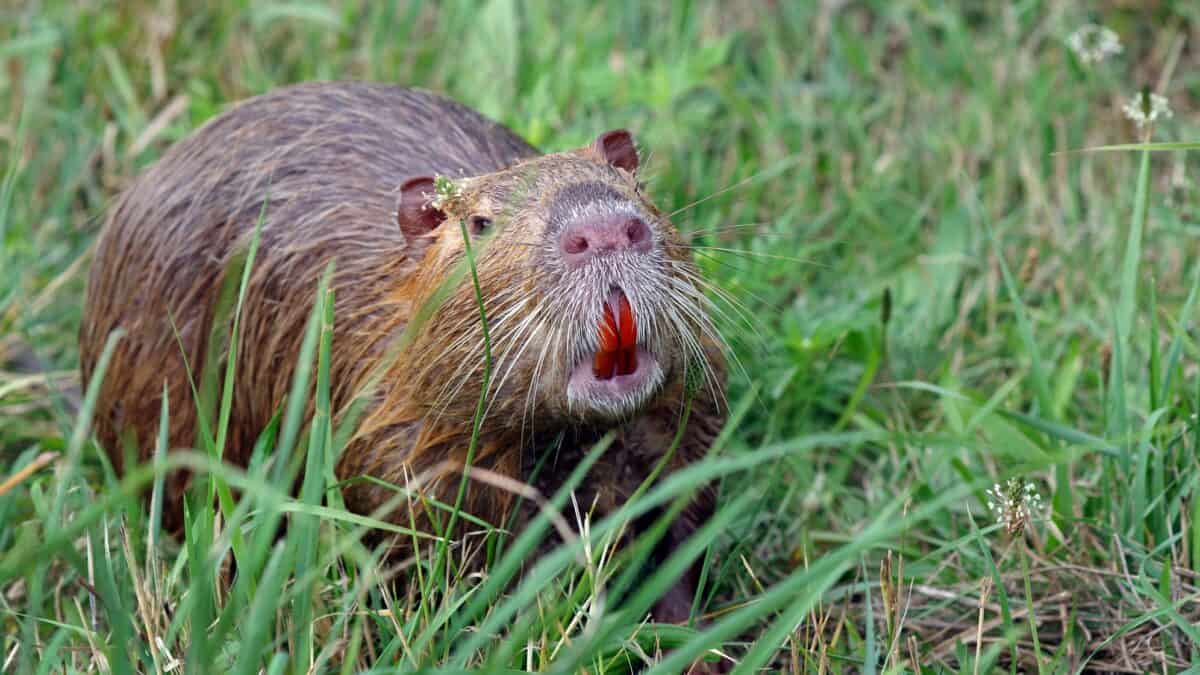Nature is full of incredible architects, each building structures that serve as both shelter and survival tools. From the towering mounds of termites to the intricate nests of birds, animals display remarkable engineering skills that rival human ingenuity. In this article, we explore seven fascinating creatures that construct homes tailored to their unique needs—some so impressive, they might even leave you wishing you could move in!
Beavers The Master Architects

Renowned for their extraordinary engineering skills, beavers are nature’s civil engineers. Using their strong teeth, these industrious mammals cut down trees and branches to construct dams and lodges on water bodies. Beavers’ lodges feature underwater entrances, insulating them from predators and extreme temperatures. Their construction creates a habitat for themselves and contributes significantly to environmental management. By building dams, beavers form wetlands that serve as havens for other species, maintain water tables, and prevent soil erosion.
Termites The Tower Builders

Termites may be tiny, but they can build some of the tallest structures in the animal kingdom, proportionate to their size. These industrious insects construct large mounds from mud, saliva, and feces, which can reach heights of over 30 feet. The mounds house intricate networks of tunnels and chambers that regulate humidity and temperature, crucial for the survival of the termite colony. Additionally, these mounds offer insights into principles of sustainable architecture as they naturally provide cooling and ventilation without the need for external energy.
Birds The Nest Innovators

Birds are synonymous with nest-building, displaying an impressive array of architectural designs suited to their diverse environments. The weaver bird, for example, intricately weaves blades of grass to form elaborate nests hanging from tree branches. These nests are not only secure and safe nesting sites but also a testament to the birds’ remarkable crafting skills. Similarly, the American bald eagle constructs large nests, known as eyries, in lofty perches using sticks and twigs, sometimes weighing nearly a ton, where they raise their young.
Anemonefish Coral Reef Tenant

Anemonefish, also known as clownfish, have an iconic relationship with the sea anemone, forming symbiotic partnerships in coral reefs. These small, brightly colored fish live among the tentacles of sea anemones, which protect them from predators. In return, anemonefish help keep the anemones clean and provide nutrients through their waste. Though they don’t build homes by altering physical structures, their residence in sea anemones showcases nature’s intricate and cooperative habitat architectures.
Prairie Dogs The Subterranean Suburbia Engineers

Prairie dogs, native to North America, are known for constructing vast underground burrow systems. These warrens contain multiple chambers and tunnels, providing excellent shelter and storage space. The elaborate design includes designated areas for nursery, sleeping, and food storage, while also providing efficient escape routes from predators. Prairie dog colonies, or “towns,” can spread over miles, reflecting the species’ social nature and cooperative living strategy.
Hummingbirds The Spunky Architects

Despite their tiny size, hummingbirds exhibit extraordinary nest-building skills. Using spider silk, plant down, and lichens, they construct small, cup-shaped nests tightly glued to branches. These nests expand as the chicks grow, thanks to the elasticity of the spider silk, providing a snug and secure environment for their offspring. Their nests, often camouflaged to blend with the surrounding foliage, highlight the hummingbird’s adaptability and innovation in crafting secure habitats.
Ants: The Industrious Colony Constructors

Ants are among the most effective builders in the animal world, capable of constructing complex, sprawling underground networks. These intelligent insects cooperate to dig vast tunnel systems and chambers, optimizing space for food storage, nurseries, and colony activities. Some species, like leafcutter ants, even cultivate fungus within their nests, reflecting their sophisticated agricultural practices. Their nests are marvels of organic engineering, maintaining temperature and moisture levels suitable for their colonies’ health and productivity.
In learning from these remarkable builders, we gain a deeper appreciation for the natural world’s ingenuity and resourcefulness. From the underwater lodges of beavers to the intricate nests of birds, these animal architects inspire both awe and curiosity about what nature can achieve in the quest for a home.
- 10 Animals That Use Camouflage Best - August 17, 2025
- 13 Wild Birds That Use Tools to Hunt - August 17, 2025
- 9 Smartest Animal Species in North America—And Why They’re So Clever - August 17, 2025

